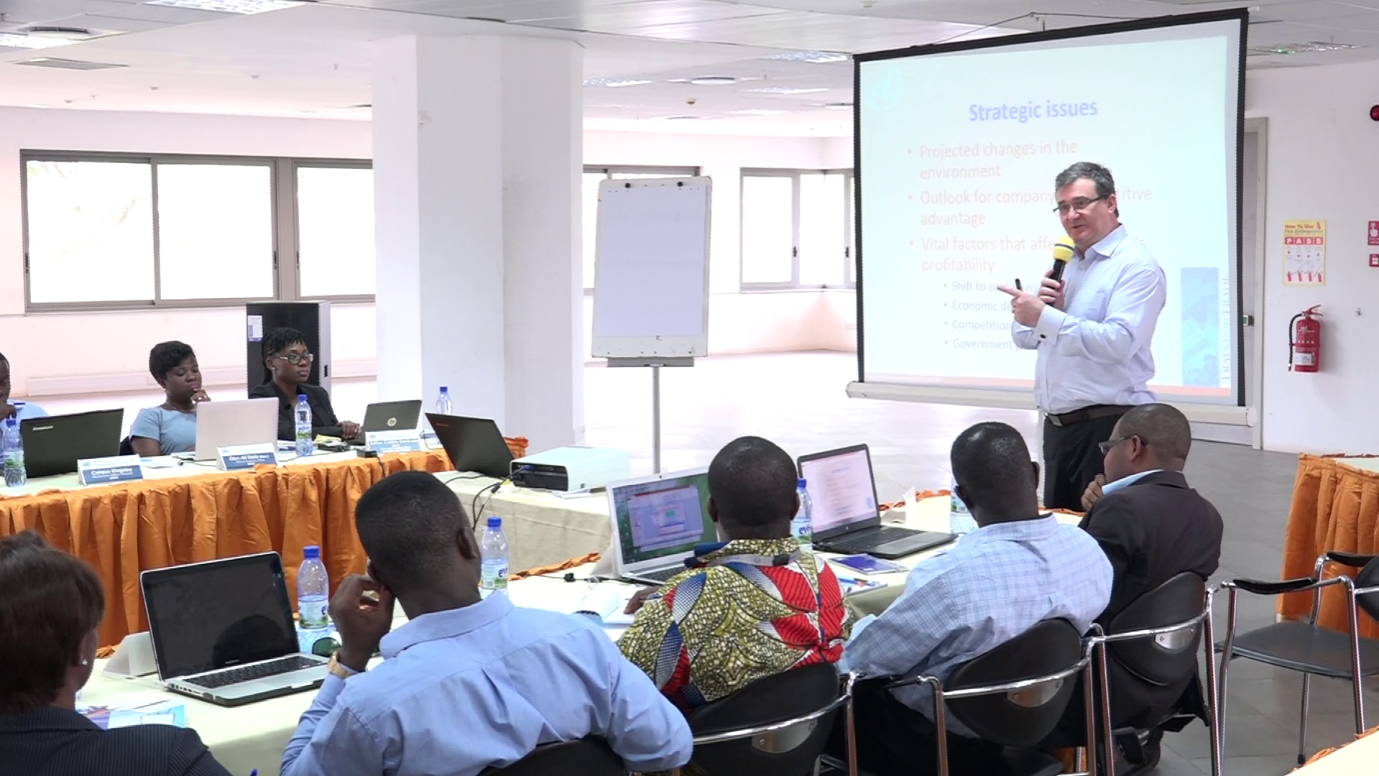
The 5th module out of the 8 modules of the United Nations Conference on Trade and Development (UNCTAD) train for trade, a port management training program has commenced at the Ghana Ports and Harbours Authority.
The program is meant to train middle level managers in the port community so as to develop their skills and capabilities to manage.
The 1st module centred on international trade and transport, the 2nd module on organisation of a port system, the 3rd module on functioning of a port system and the 4th module on future challenges facing port management.
The 5th module is currently looking at methods and tools of modern port management.
UNCTAD expert in Dublin, Joe Hiney, who lectured on how to develop a port strategic plan stressed the need for port managers to get themselves abreast with modern ways of doing things.
“We are working in an environment where policy and legislation and regulation is defined by national government and per regional organizations such as international maritime organization. These are changing constantly; so, as port managers, we need to be alive and aware of those changes and we need to respond as managers in an appropriate manner,” he said.
Alphonse Wordi, the Human Resource Manager at GPHA, who doubles as the focal point of the UNCTAD programme explained the importance of statistics in port management.
In “Every port in the world, you need statistics to enhance decision making. What is the productivity? What is the berth occupancy? What is the ship turnaround time? What is the output? What is the performance of the dockers and everything? This is what is going to enable you take a decision whether to do a lot of training, whether to even bring a new equipment, whether to expand the port and the facilities,” he said.
The IT manager of GPHA, David Boison, underscored the importance of ICT for port improvement.
“IT is the main driver of every business organization of which Ports and Harbours is part. When you look at the whole supply chain process of the port right from the manufacturing site, moving the cargo to the port, exporting the cargo, bringing it to the destination port, all the supply chain processes are being driven by IT. So if you want to eliminate waste from any system, if you want to inject efficiency to any system, you introduce technology,” he said.



























